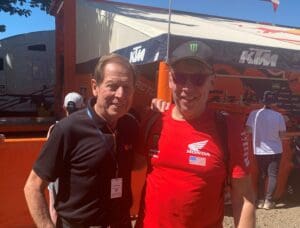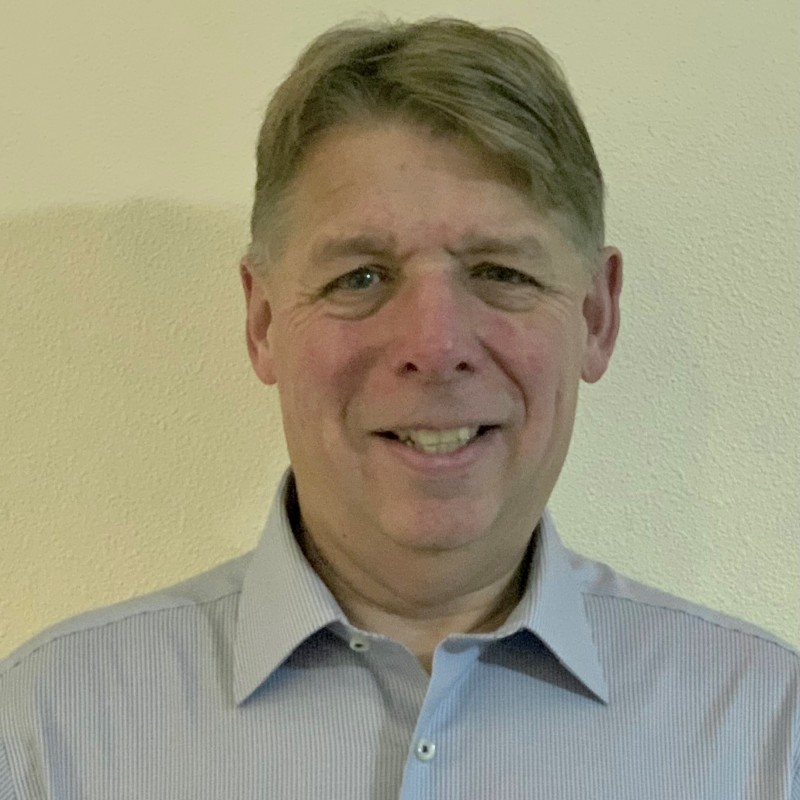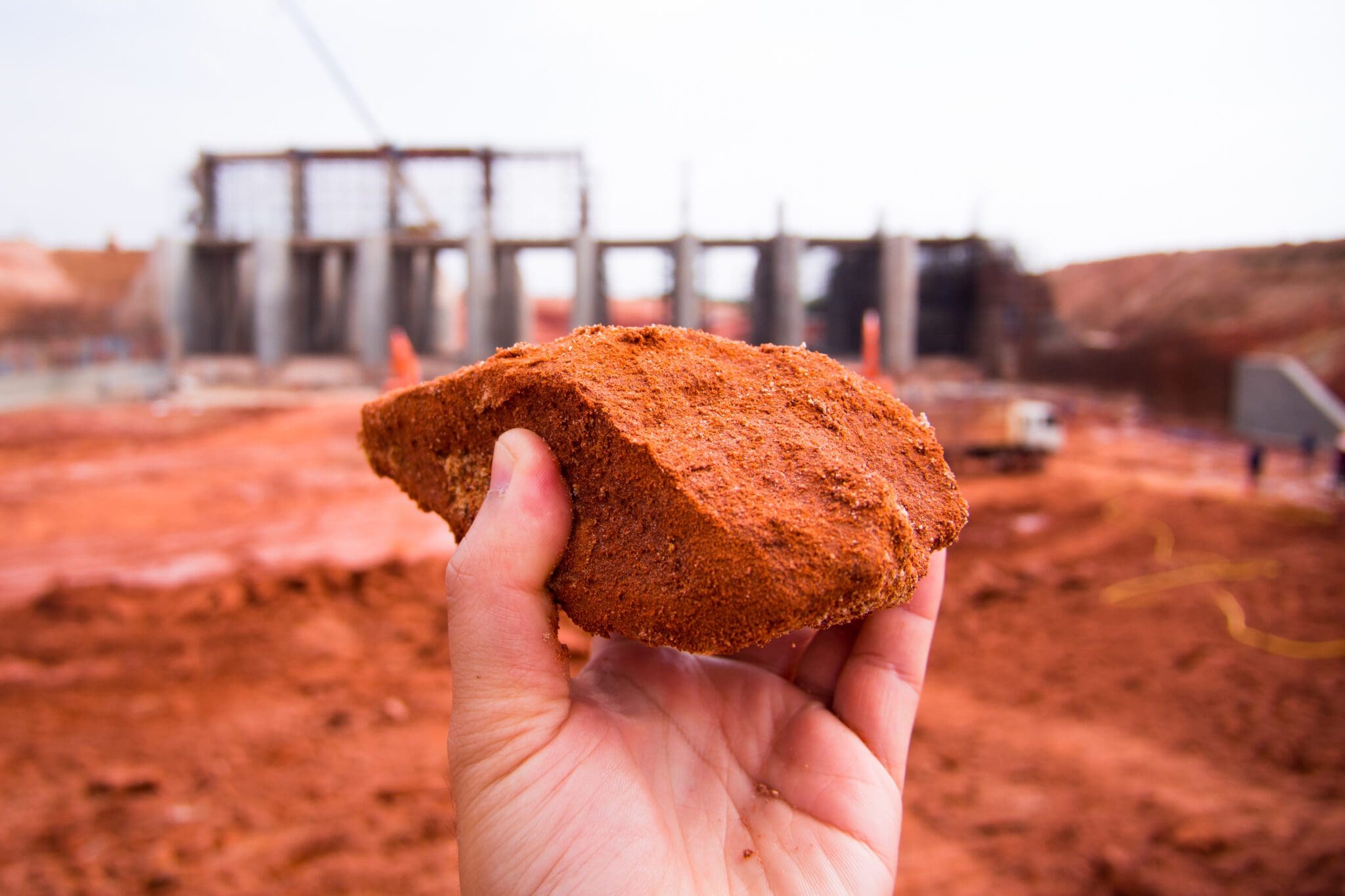Q&A: Atlas’ National Practice Director of Geotech Richard Barrows shares insights into his career and passion for geotechnical engineering.
In the 1980s, after years of working on motorcycles in his parents’ garage, Rich Barrows developed a talent for building dirt bikes.
He would haul his creations to the nearest motocross tracks and ride for hours, testing the suspension against the terrain and noting mechanical weaknesses to work on later.
Rich could picture himself competing in professional races but also didn’t want to squander his college education. So, he combed a catalog of degree programs to replace his passion for assembling motorbikes and off-roading — and loaded his schedule with the next best thing.
“Motocross was a great hobby, but the idea of living off sponsorship dollars didn’t sit well with me,” Rich said. “I was really interested in earth materials and that led me to selecting a course called Soil Mechanics. It was more of an upper-level course. I had to knock on some doors to enroll. But once I got approved, I never looked back.”
 Rich Barrows, right, standing next to 80s motocross legend Roger Decoster, a five-time 500cc
Rich Barrows, right, standing next to 80s motocross legend Roger Decoster, a five-time 500cc
Motocross World Champion and four-time US AMA Championship winner whom Rich met in early August.
Since then, Rich has built a 37-year career in civil engineering and geotechnics. We sat down with the former Federal Highway Administration’s (FHWA) Geotechnical Engineer and Construction Chief to learn why he returned to the workforce after a brief hiatus.
What does the bulk of your work look like?
I oversee two divisions, the geotechnical engineering side with over 100 people and the geophysics side with about 22. I analyze where our gaps are, where we want to develop further, and what work areas we want to pursue. I also coordinate with business development on where we want to take the team and where we can grow.
How long have you been in Geotech?
What kind of problems are we helping our clients solve?
Tell us about why you came to Atlas.
What’s the most challenging project you’ve undertaken?
Two come to mind.
The reconstruction of Going-to-the-Sun Road at Glacier National Park involved restoring a 50-mile-long corridor that crosses through the park.
It’s a narrow road lined with 130 retaining walls, most of which were built around 1927, so it was in pretty bad shape. That scope involved evaluating the walls and coming up with repair and rehab schemes. My field teams had to balance environmental restrictions and historic preservation needs without interfering with traffic flow.
We started that in 2003 and completed the reconstruction in 2019.
The other project was Salmon River Road in Idaho, a complete reconstruction of a narrow gravel road, road on very, very steep terrain.
It sits between steep canyon walls and the Salmon River. A lot of retaining walls, ground anchors, and other slope stabilization measures were required. It was just one of the toughest geographic areas I’ve ever worked in.
As a Washington local, what regional and environmental impacts do you consider while working on community projects?
Just about wherever we’re working, even if it’s in a more arid environment, I’m always considering erosion control and how our designs or our recommendations impact that.
The culverts on a lot of roads in the Pacific Northwest were designed or sized to carry storm water. They did that adequately for some time, but the designs really didn’t consider fish passage needs. Replacing culverts with more fish friendly designs is part of a big program in the Pacific Northwest.
How do you define Geotechnical Excellence?
You’re not going to know everything that you’d like to know about the ground. Excellence comes from utilizing knowledge and experience to come up with designs or recommendations that are based on what you know and is best suited for the ground.

Richard Barrows
Rich Barrows holds a professional geotechnical engineering license and is a National Highway Institute (NHI) certified instructor. He was formerly with the Western Federal Lands Highway Division, Department of Transportation, and began his career at Atlas in 2023. He graduated from Portland State University with a bachelor’s and master’s in civil engineering.
